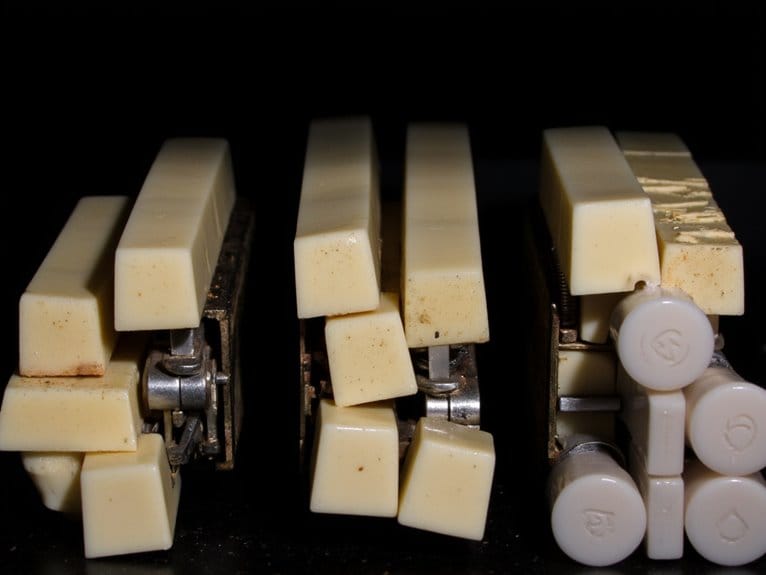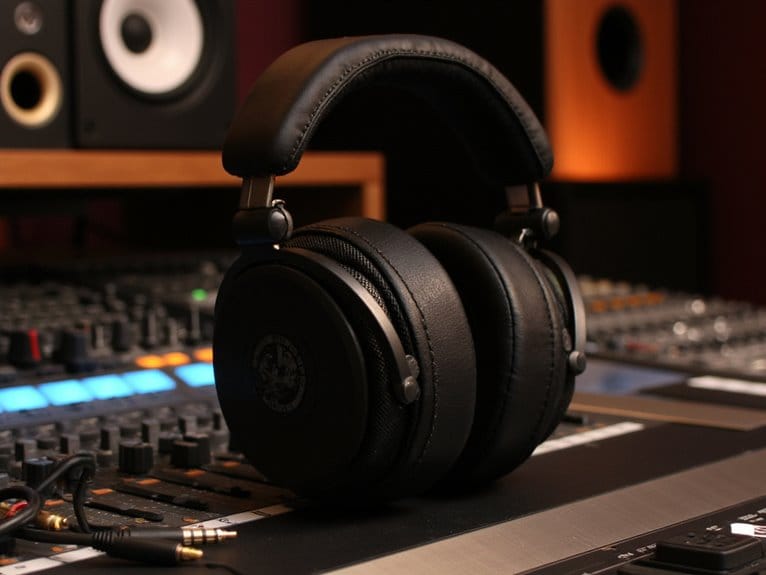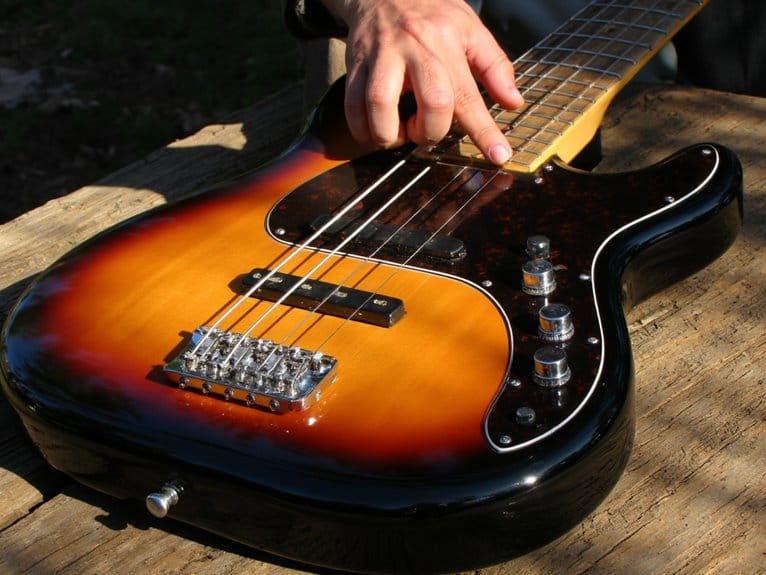Lighting for Podcasting: Setting the Right Mood for Your Audio Recordings
Ensuring your sound is excellent is crucial, but have you considered the impact of lighting on your podcast’s mood and overall quality? The right lighting setup can transform the atmosphere of your recordings, mesmerizing your audience from the first listen. Join me as we explore the art of lighting for podcasting and how it can enhance your content to the next level.
We are supported by our audience. When you purchase through links on our site, we may earn an affiliate commission, at no extra cost for you. Learn more.
Importance of Proper Lighting
Proper lighting is essential for podcasting as it greatly enhances audience engagement and the visual appeal of the content. The key to effective lighting in podcasting lies in understanding how light influences the overall quality of the production. When considering lighting for podcasts, factors such as color temperature, shadows, and ambiance play an important role in creating the desired visual impact.
In podcasting, lighting is not just about illuminating the scene; it is about crafting a professional look that captivates viewers. A well-lit podcast sets the stage for a visually appealing experience, drawing the audience in and keeping them engaged throughout the content. The use of three-point lighting, a standard technique in the industry, helps to create a balanced and dynamic visual composition that enhances the professionalism of the production.
Moreover, proper lighting contributes to the credibility and professionalism of the podcast. It creates a polished look that reflects positively on the content being presented. By paying attention to lighting details, podcasters can elevate the overall quality of their productions, leaving a lasting impression on their audience. Ultimately, good lighting not only improves the visual appeal of podcasts but also plays an important role in shaping the brand image and viewer experience.
Types of Lighting Equipment
When setting up a podcast studio, it is essential to have the right types of lighting equipment to guarantee excellent visual quality. The primary light source, also known as the key light, provides the main illumination for your recordings, ensuring your subjects are well-lit and clear. To balance exposure and reduce shadows, a fill light can be used, which helps create a more even lighting setup. Adding a backlight can enhance depth and separation in your scenes, making your content visually dynamic.
Having a tripod or light stand is critical for accurately positioning your lighting equipment to achieve the desired effect. Additionally, using a remote control or dimmer allows you to make real-time adjustments to the lighting intensity, ensuring your setup remains ideal throughout your recording session. Understanding color temperatures is also essential, as they can affect the mood and tone of your podcast. For example, high key lighting creates a bright and evenly lit scene, while low key lighting is more dramatic with high contrast.
When working with lighting equipment, consider the ambient light in your recording space and how it interacts with your artificial lights. By using the right tools and techniques, you can create a professional-looking setup for your podcast, even in a high-contrast scene.
Lighting Setup Techniques
Utilizing a strategic placement of key, fill, and backlight lights is essential for achieving balanced and well-illuminated scenes in your podcast studio. When setting up your lighting, consider the following techniques:
- Key Light Positioning: The key light is placed at a 45-degree angle to the subject to reduce shadows and enhance the visual appeal. Adjust the color temperature of the key light to create the desired mood for your podcast.
- Fill Light Placement: Position the fill light opposite the key light to reduce unwanted shadows and guarantee even illumination on the subject. Adjusting the intensity of the fill light can help achieve good lighting without overpowering the key light.
- Backlight Technique: Incorporate a backlight behind the subject to separate them from the background and add a dramatic effect to your podcast recordings. Adjust the color temperature of the backlight to enhance the quality of your podcast visuals.
- Testing and Adjustments: Before starting your recording, test the lighting setup and make any necessary adjustments to ensure optimal results. Utilize tools like dimmers, reflectors, and diffusers to fine-tune the lighting and improve the overall quality of your podcast.
Impact of Color Temperature
Color temperature plays a significant role in shaping the visual aesthetics and ambiance of podcast recordings. It refers to the warmth or coolness of light, measured in Kelvin (K). Lower Kelvin values, ranging from 2700-3000K, emit warm, yellowish light akin to sunrise or sunset, while higher Kelvin values, around 5000-6500K, produce cool, bluish light resembling daylight or an overcast sky. When setting up lighting equipment for podcasting, it’s important to take into account the color temperature as it directly impacts the mood, atmosphere, and overall feel of the recording space.
For podcast studios, the recommended color temperature typically falls between 5000K to 6500K to achieve a natural and pleasing look. This range provides a balanced illumination that is neither too warm nor too cool, offering a clean and professional aesthetic for your recordings. By selecting the appropriate color temperature, you can create a visually appealing environment that enhances the quality of your content. Whether aiming for a cozy and intimate atmosphere or a bright and energetic feel, the color temperature of your lighting setup plays an essential role in achieving the desired mood for your podcast recordings.
Creating a Professional Look
To achieve a polished and professional appearance in your podcast recordings, precise lighting placement is essential. Proper lighting setup can greatly enhance the overall production value of your content. Here are some key considerations to keep in mind:
- Front of the Subject: Position your key light in front of the subject to illuminate their face evenly and create a natural look.
- Create Contrast: Incorporate fill and backlighting to add depth and dimension to your recording, emphasizing the subject and creating contrast.
- Color Temperature: Adjust the color temperature of your lights to set the right mood for your podcast, whether you want warmth or coolness in your visuals.
- Dimmer or Remote Control: Use dimmers or remote controls for your lights to easily adjust the intensity and brightness levels during your recording sessions.





